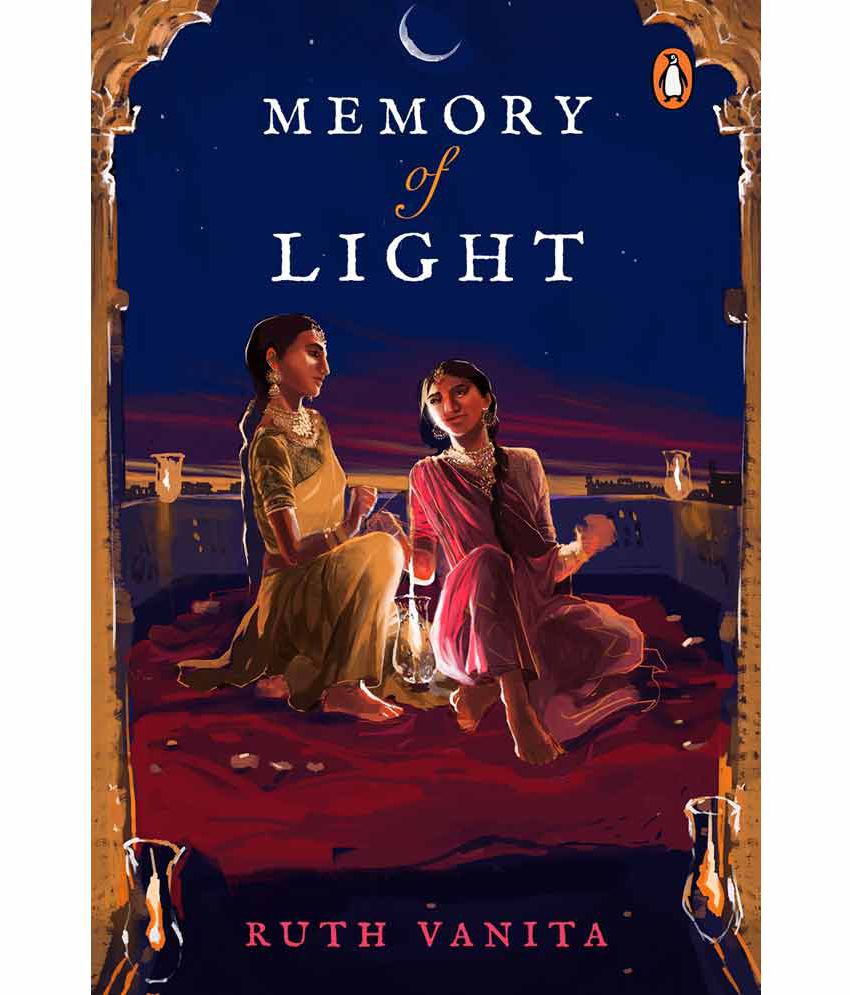In 18th-century nawabi Lucknow, Nafis Bai loses her heart to the young Chapla Bai, who descends on the city from Kashi and enthrals all with her talents and charm. Passion soon responds to passion, and intellect responds to intellect. Their blossoming love culminates in successful aesthetic collaborations, and what follows is a post facto account in Nafis’s voice, which Ruth Vanita weaves into a rich tapestry of romance, poetry, music, dance, history, contemporary cultural usages as well as a sociology of the 18th-century kotha.
The first chapter strikes the keynote of a tale of intense longing in which the narrator seems to be trapped in time, thinking ceaselessly of the beloved in reveries, reliving the romance of a lifetime that has left its indelible impression on her. Being the introverted, intellectual sort makes Nafis all the more prone to brooding about what went wrong, and whether there were cues she had missed entirely. The narrative begins to resemble an epistemological quest into which the reader is deftly drawn in.Vanita successfully builds and sustains suspense: we learn at the outset that the narrator’s and Chapla’s connection is electric, and are gradually made aware that Chapla has been away for long. Nafis has, in the meantime, mastered the art of concealing her continual obsession with Chapla’s memory, stowing away her papers on the arrival of visitors in her room. Her reminiscences are offered in a series of montages, and they are often announced by sentences that are fragments in grammatical terms — like captions to a series of stills from Nafis’s and Chapla’s time together.
Vanita’s writing is powerfully evocative and conjures up the quotidian in the quarters of courtesans, perfect to the minutest detail: courtesans rehearsing, birds twittering in the distance, the jingling of anklets of women as they finish household chores, and the flutter of pigeons. The romance between Nafis and Chapla settles snugly into this varied soundscape. Their relationship is recognized, celebrated, and even facilitated by members of their coterie, especially male poets and patrons. Vanita successfully renders a world where same-sex relationships are as normal as heterosexual ones, and where both men and women can choose to be bisexual.

Memory of Light by Ruth Vanita, Viking, Rs 399 Amazon
The customs revolving around dogaana testify to the fact that same-sex relationships were common, and that there were established ways in which an individual in such a relationship could proclaim his or her status or choose to keep it private: societal or familial disapproval does not appear as potential threats. Mir Insha’s linguistic enterprise and the conversations that revolve around it reveal a rich vocabulary in Hindi-Urdu deriving from various linguistic sources, arising from the awareness of various kinds of sexuality and gender identification, among other things. The list of words applicable to ‘men who dress and behave like women’ tickles Sharad (who goes on to furnish the word for such men when they occur in groups), but it is clear that marginalized sexuality and gender identification are not stigmatized. This and the extent to which Sharad, Mir Insha and others are supportive of Nafis’s and Chapla’s relationship show how various trajectories of desire were recognized and respected.
The novel is also immersed in the syncretic culture of the time. Religious differences are never an issue either between client and patron, employer and employee, or for relationships to blossom. Braj poetry, ghazals, Sanskrit shlokas are
all fodder for the courtesans madly in love. There is poetry aplenty in Memory of Light, and most of the transliterations of Urdu into Roman script are accompanied by Vanita’s own English translations.
The world of the kotha is also accepting of the woman who chooses to eventually marry a committed patron, and of the woman who, like Nadira, prefers the contractual muta’a to a nikah, because it gives her the option to not renew the muta’a if need be. When Nadira’s marriage does not work out, she can rely on Sharad to bring her back to the safety of the kotha. Religion never stands in the way of friends helping friends in need. Nor are pious ones like Sundar branded different.
The novel is informed by the author’s extensive academic work in the history of same-sex relationships in the subcontinent which attests to greater toleration of such relationships prior to colonization. One of the troubling legacies of colonial modernity was the imposition of uniformity in various matters including sex that led to the criminalization of homosexuality, an issue that is not questioned by modern nationalists. This makes Memory of Light nothing short of an activist gesture in our times. The novel calls for translation into our vernaculars, and cinematic rendering. If the postcolonial project is to reclaim history, legal processes like the decriminalization of homosexuality must be accompanied by efforts to foster sensitivity in this regard, and literature and cinema can lead the way.










